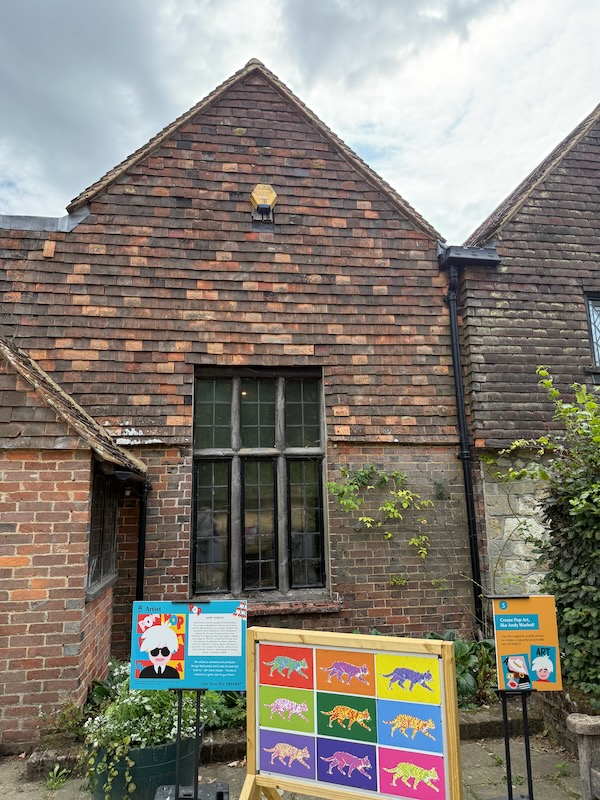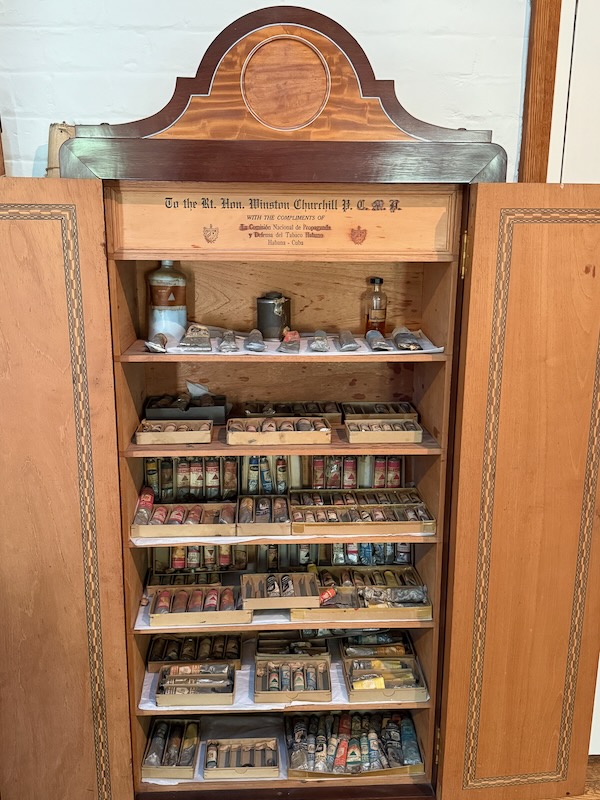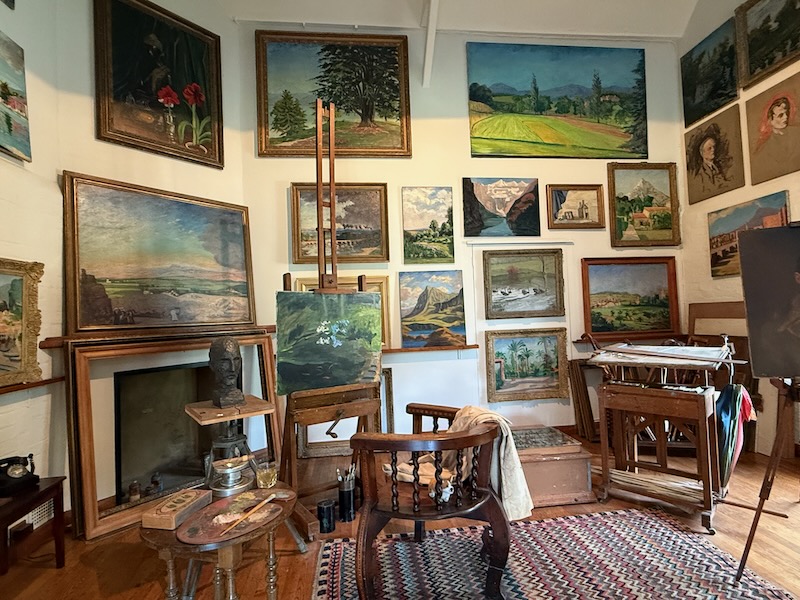Our Blog - August 2025 - England trip - Chartwell
Chartwell is a country house and estate about an hour outside of London (the center of London) and was the home of Sir Winston Churchill for over 40 years. He bought the property in 1922 and moved there shortly after, having lost the general election for the MP seat from Dundee. He remained here during the 30's, spending his time composing speeches, writing books, tending to his gardens, and painting. He and his family left Chartwell during WWII, partly because it was too easy of a target for bombing campaigns. They even covered over the ponds and gardens to disguise the property. He returned in 1945 after losing the election for Prime Minister and then returned part-time in 1953 after he was elected once again as Prime Minister. In June 1953, Churchill suffered a serious stroke (which was kept secret at the time) and Churchill came to Chartwell to recuperate. He "retired" in 1955 and moved back to Chartwell although he did have a 2nd home in London. He was at his London home when he suffered his final stroke in January 1965 and died.
After the purchase in 1922, he had an architect renovate (or rebuild) the house while the family rented a farmhouse nearby. about 18 months later, in April 1924, he moved into the new house. In 1938, Churchill considered selling Chartwell due to financial concerns, at which time the house was advertised as containing 5 reception rooms, 19 bed and dressing rooms, eight bathrooms, set in 80 acres with 3 cottages on the estate and a heated/floodlit swimming pool (he later withdrew the sale). He had financial issues again in 1946, the property was acquired by the National Trust on the condition that the Churchill family retained a life-tenancy. After Churchill's death, Lady Churchill surrendered her rights to the house, and it was opened to the public by the Trust in 1966. While the interior has been remodeled to accommodate visitors, the majority of the principal rooms have been reconstructed and furnished as they were in the 1920s–1930s.
There are extensive gardens and open spaces here, including a walled rose garden.
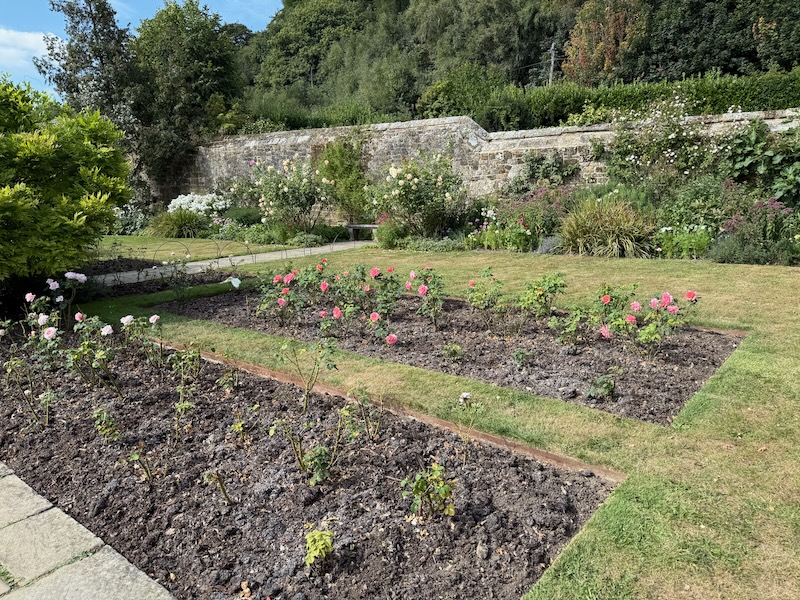
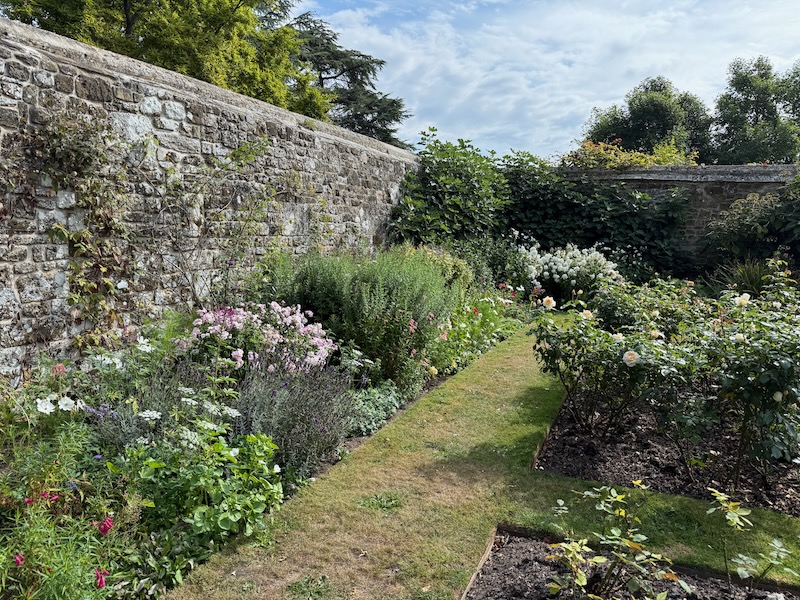
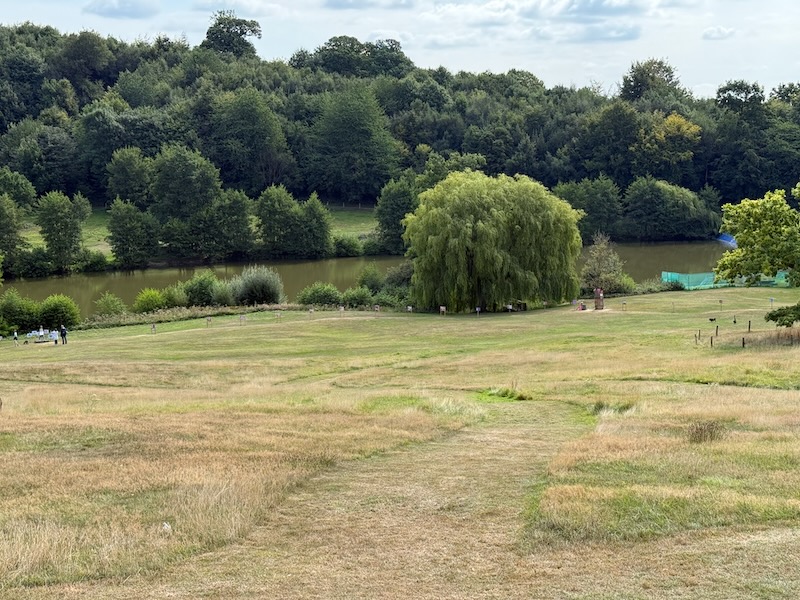
The 2-story house is constructed of red brick, with a basement and extensive attics. The 18th-century door frame of the main entrance was purchased from a London antiques dealer as is carved from Corsican wood.
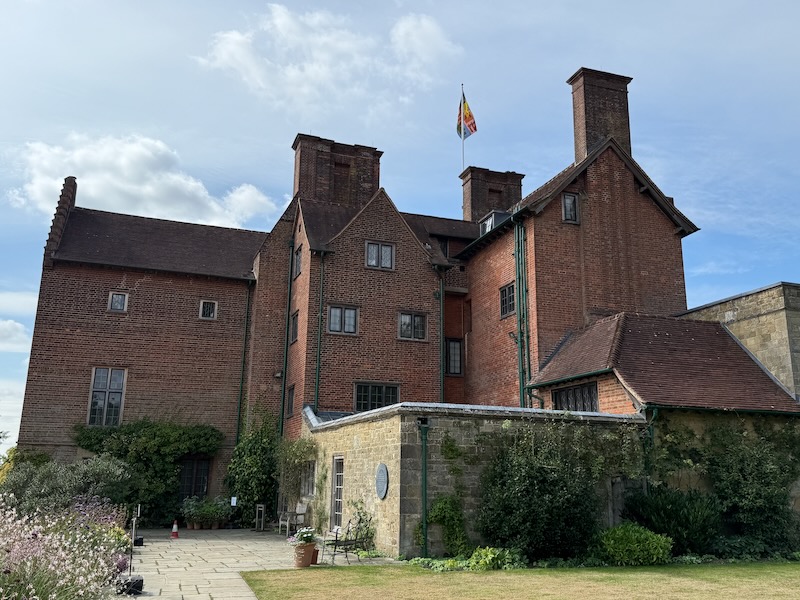
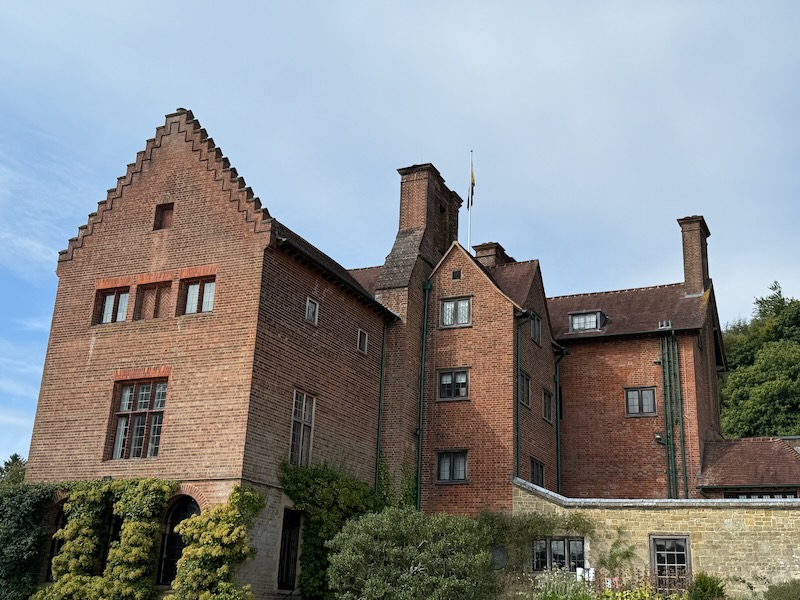
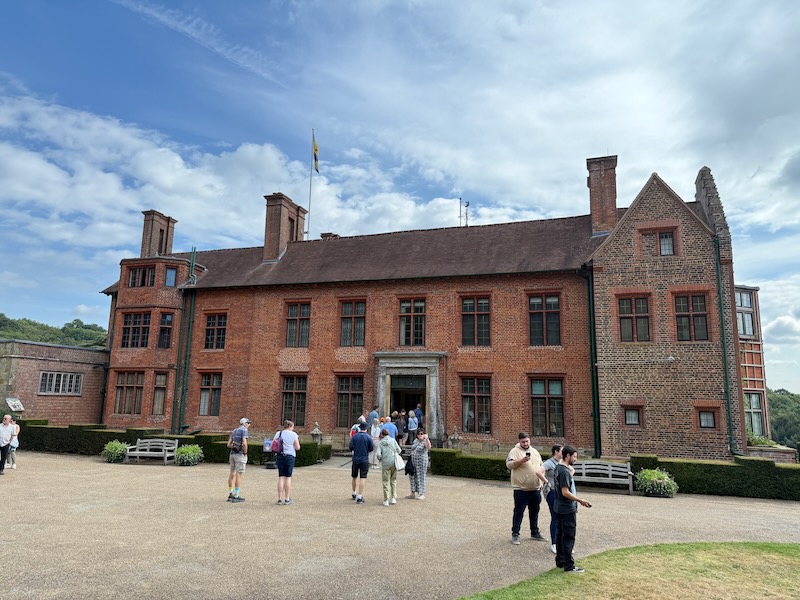
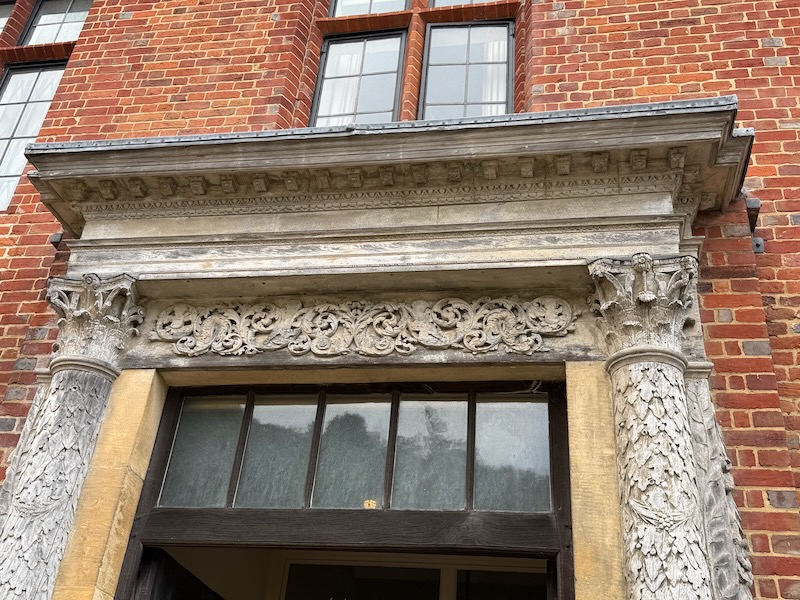
Many of the National Trust properties have things for kids, especially when the actual property may be very boring for them. One had a kid-thing with dragons, and here, it was "find the Corgis" :-)
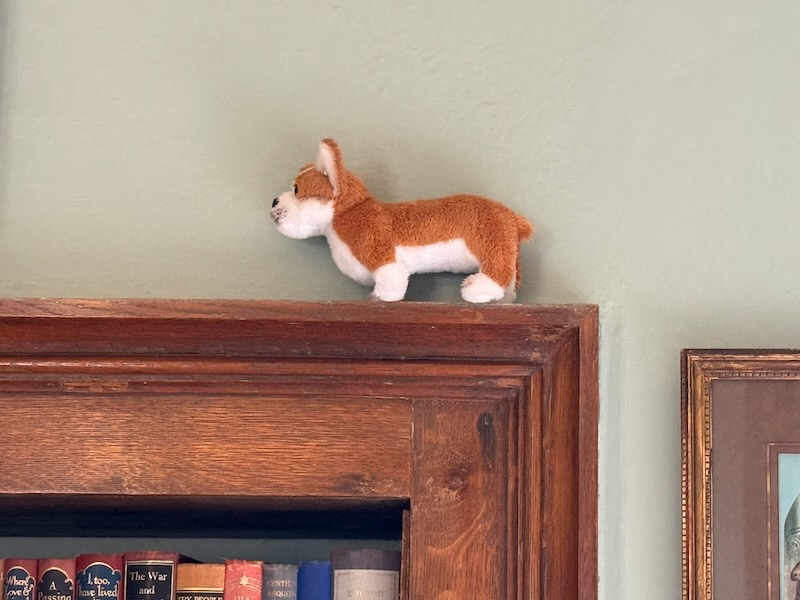
This was very much a comfortable country home and not a fancy mansion. Throughout the house are art pieces, some done by Churchill himself.
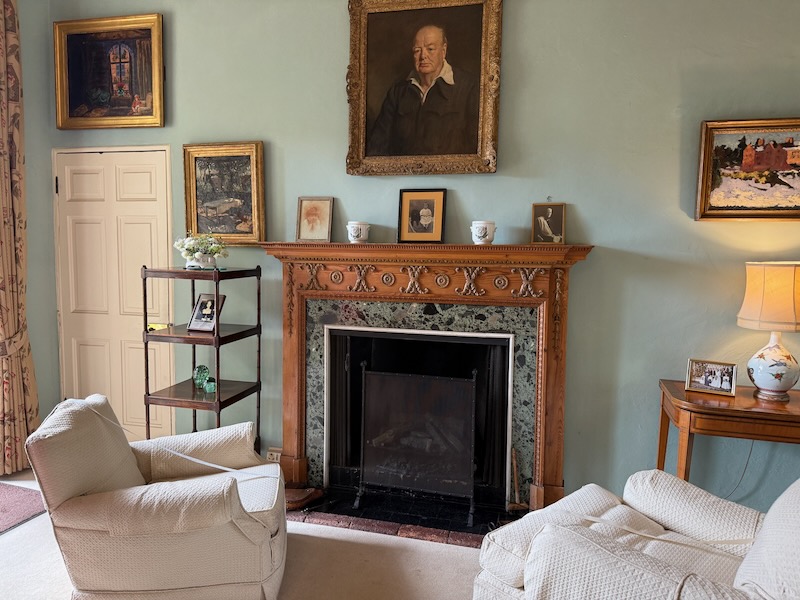
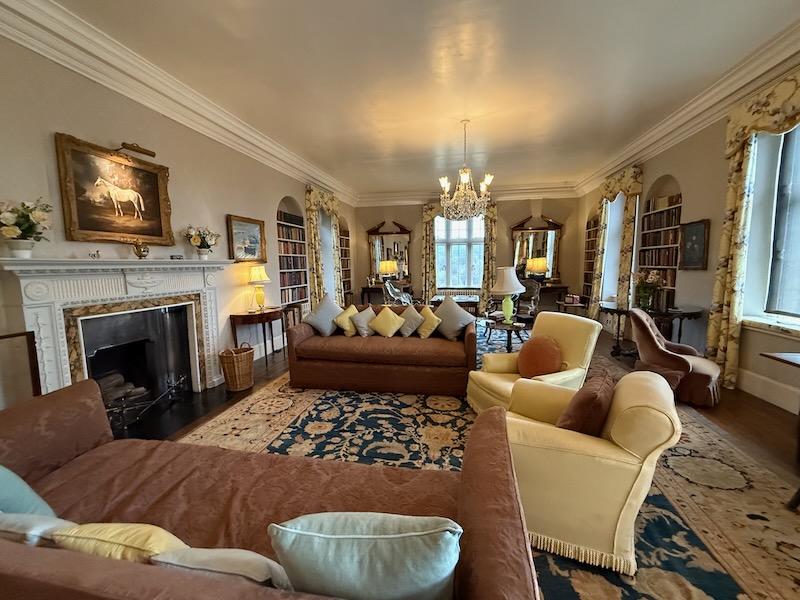
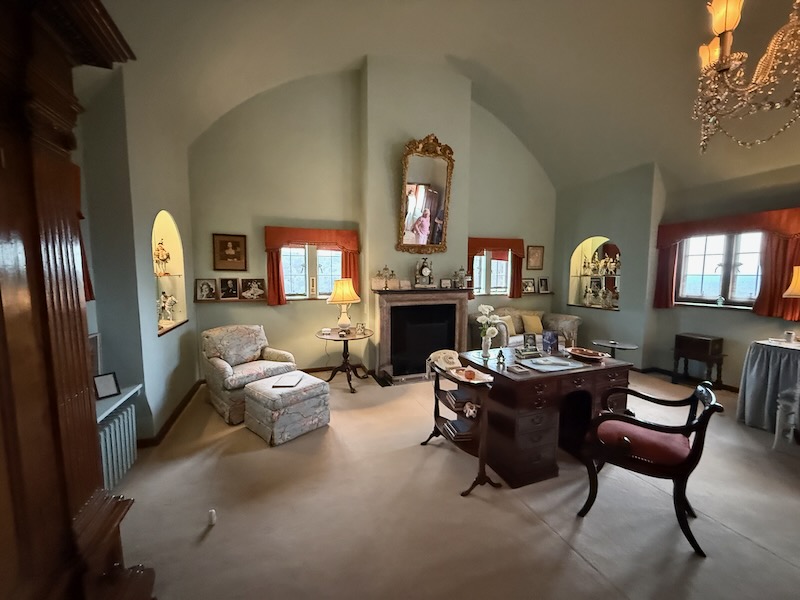
This library was filled with books, many of them supposedly research for his own writings. There is also a model of Port Arromanches depicting the Normandy landing site with its Mulberry artificial harbor on D-Day+109, the 23rd of September 1944.
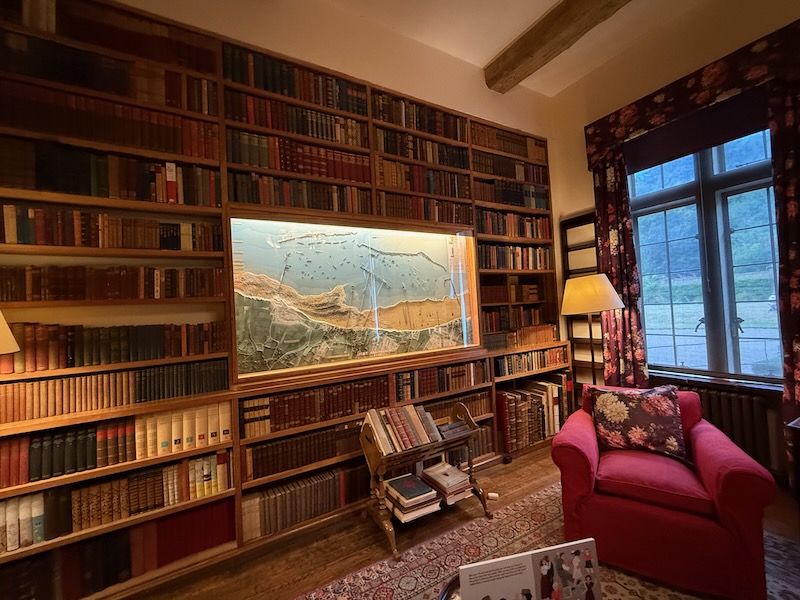
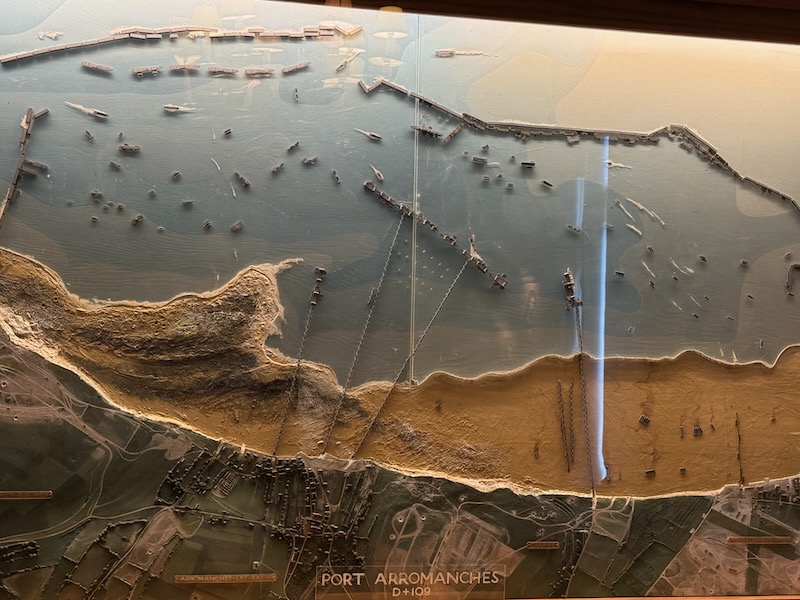
This china was previously owned by Emperor Napoleon III (Louis Napoleon Bonaparte, nephew of Napoleon I). You can see the monogram "N" on the dinner service, noting the French Imperial family. Churchill's grandmother, Clara, was in Paris in May 1871 when mobs burned and pillaged the Tuileries. The contents were auctioned on the lawns outside and she purchased the china, and it eventually made it down to Chartwell in 1945.
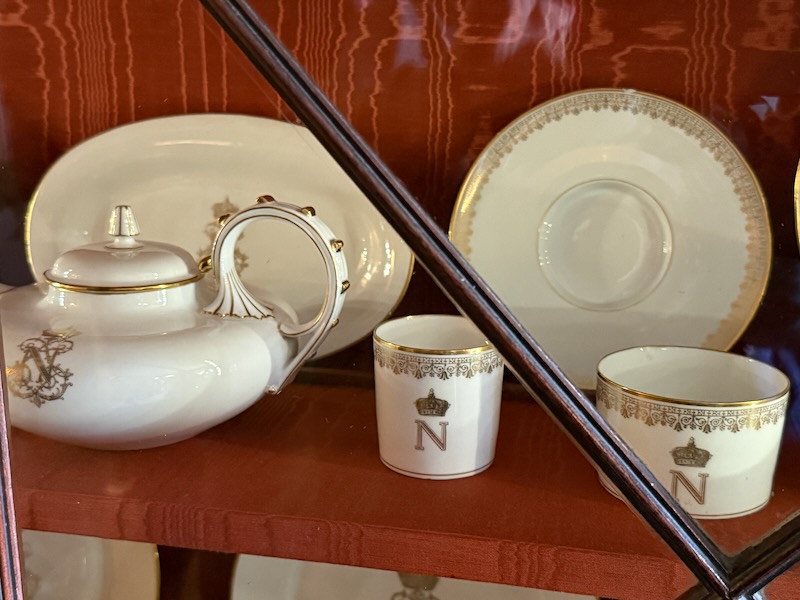
This is Churchill's study, where he wrote many of his most successful books. The exposed roof beams date back to the Victorian era (late 19th century)
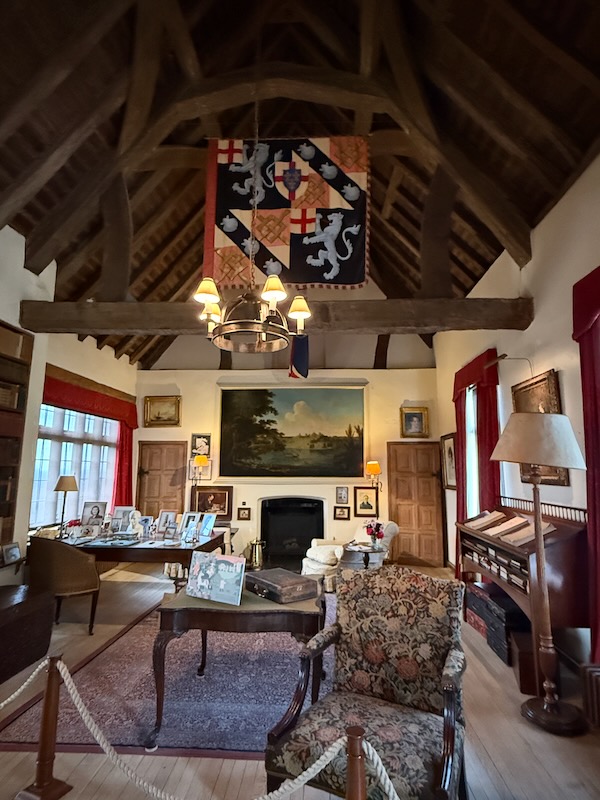
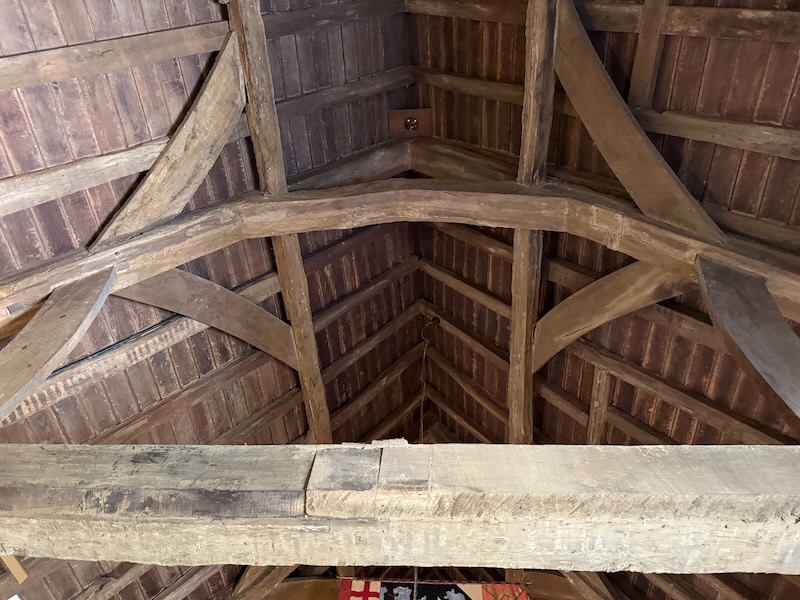
The dining room has a great view of the back gardens. There is a fairly large kitchen with a similar stove as was in of the Standen House.
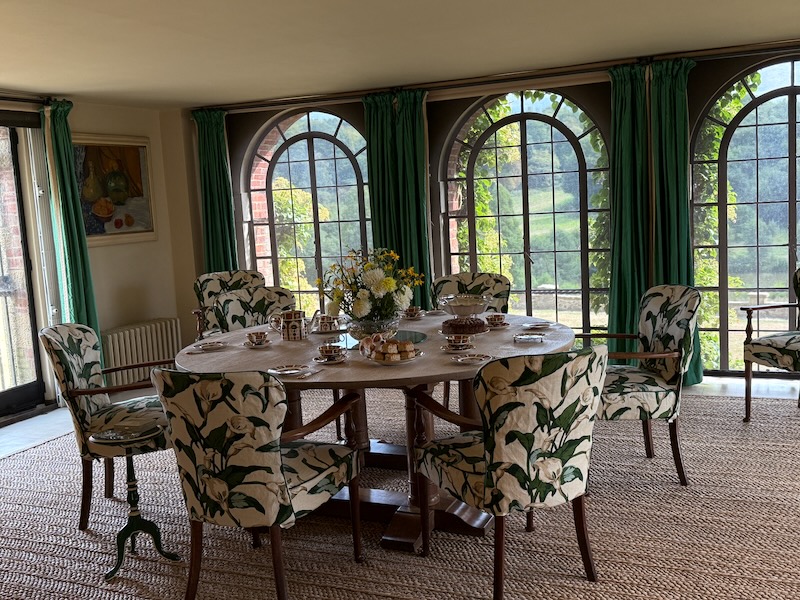
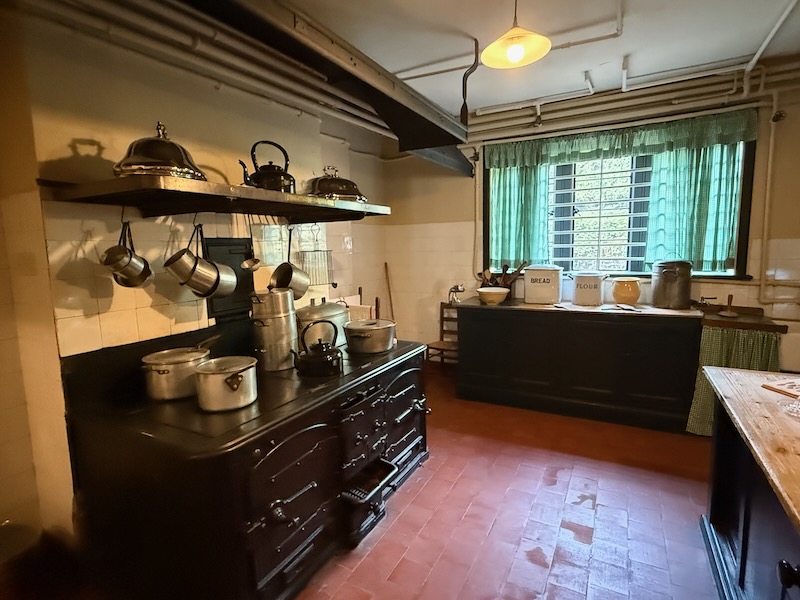
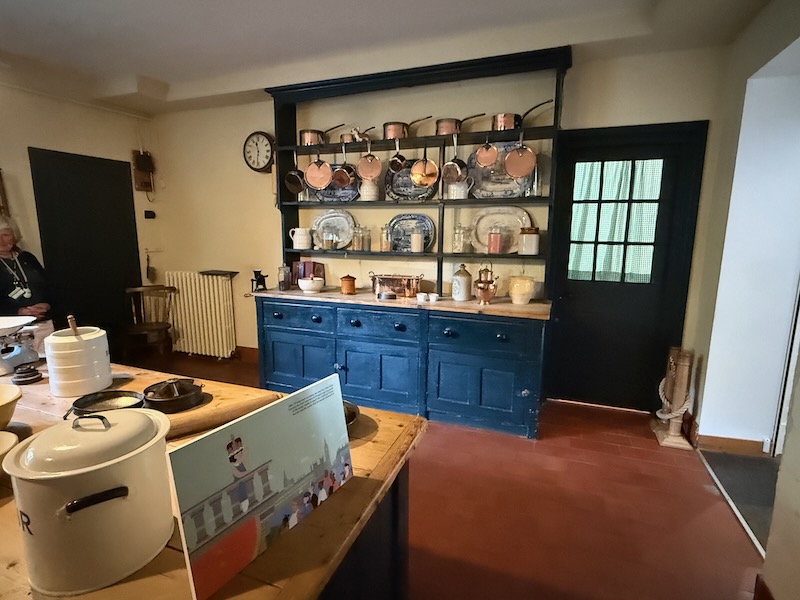
We then went out to his painting studio, which was built in the 1930's. He took up painting a bit late in life, in 1915, during a family holiday. His sister-in-law, Lady Gwendoline Churchill was an amateur artist and Churchill watched her painting a watercolor. She invited him to take her brush and try it for himself. He was immediately captivated and painting became a lifelong hobby. He mostly did oil paintings and painted over 500 canvases, many landscapes or buildings from his travels.
